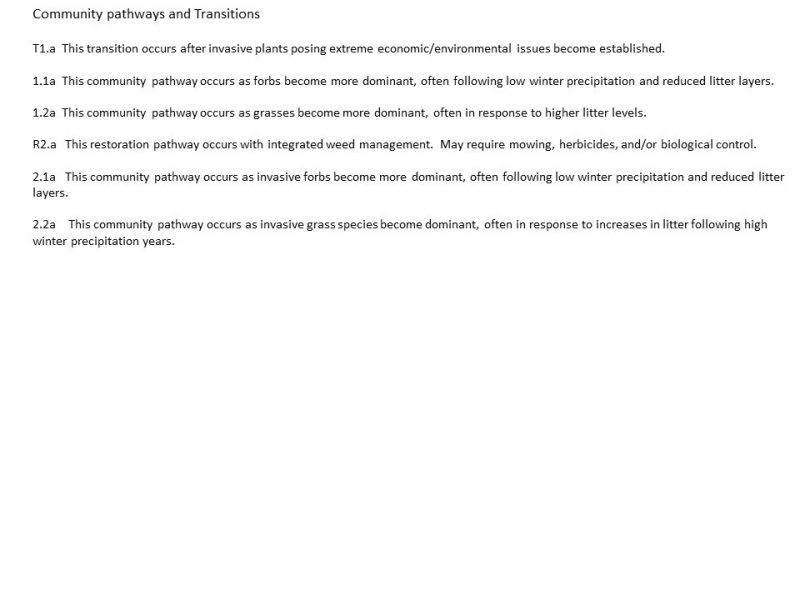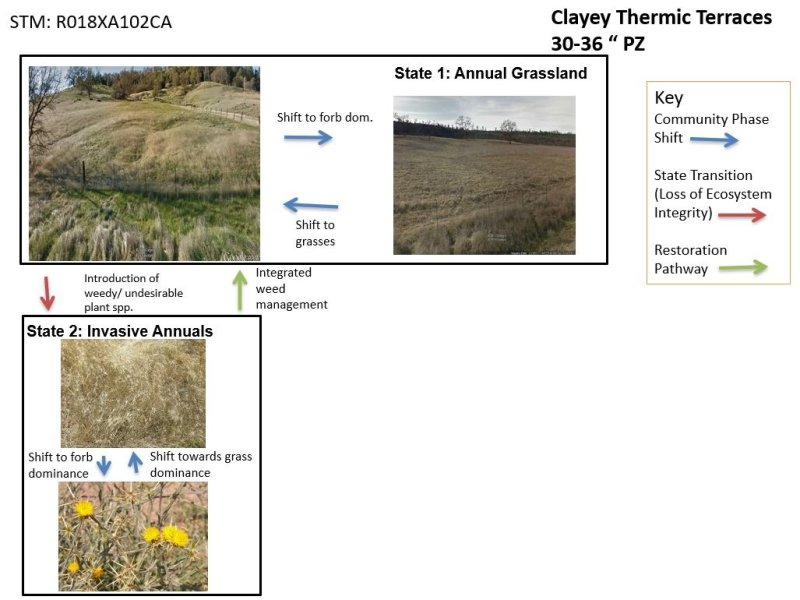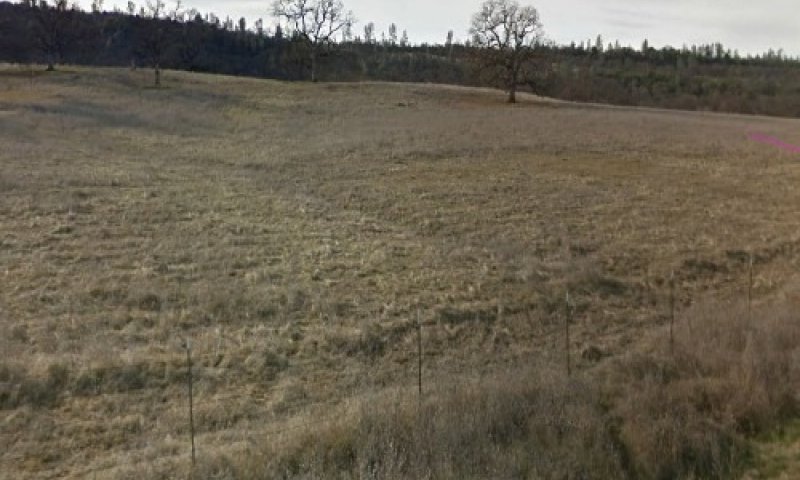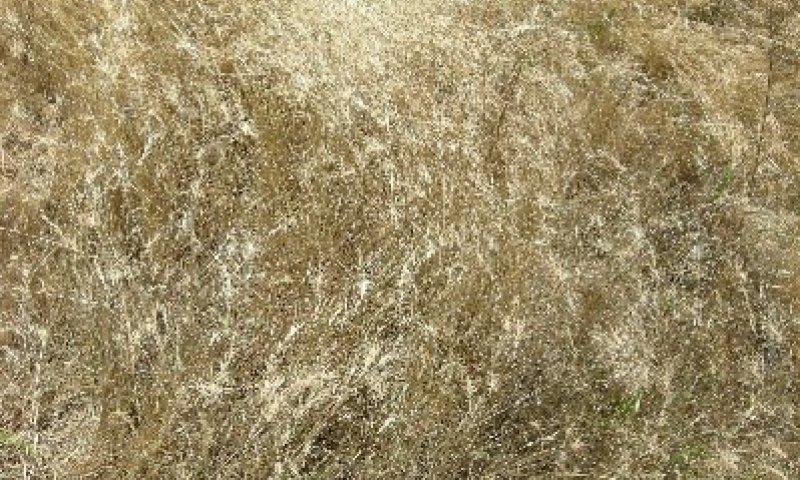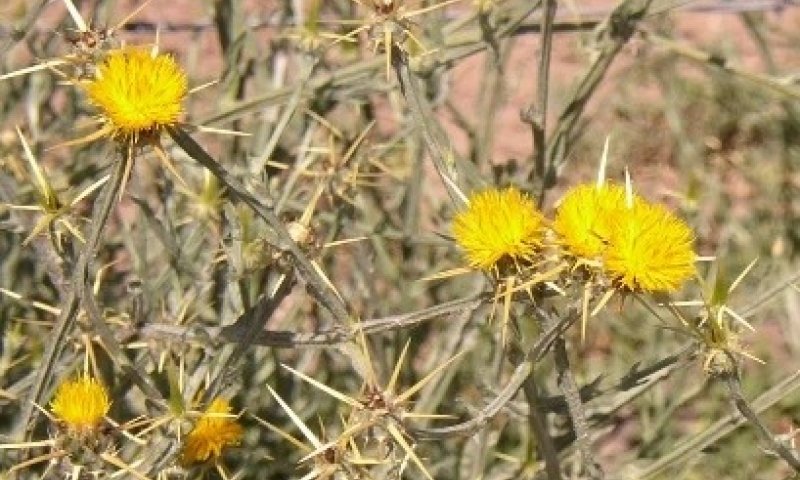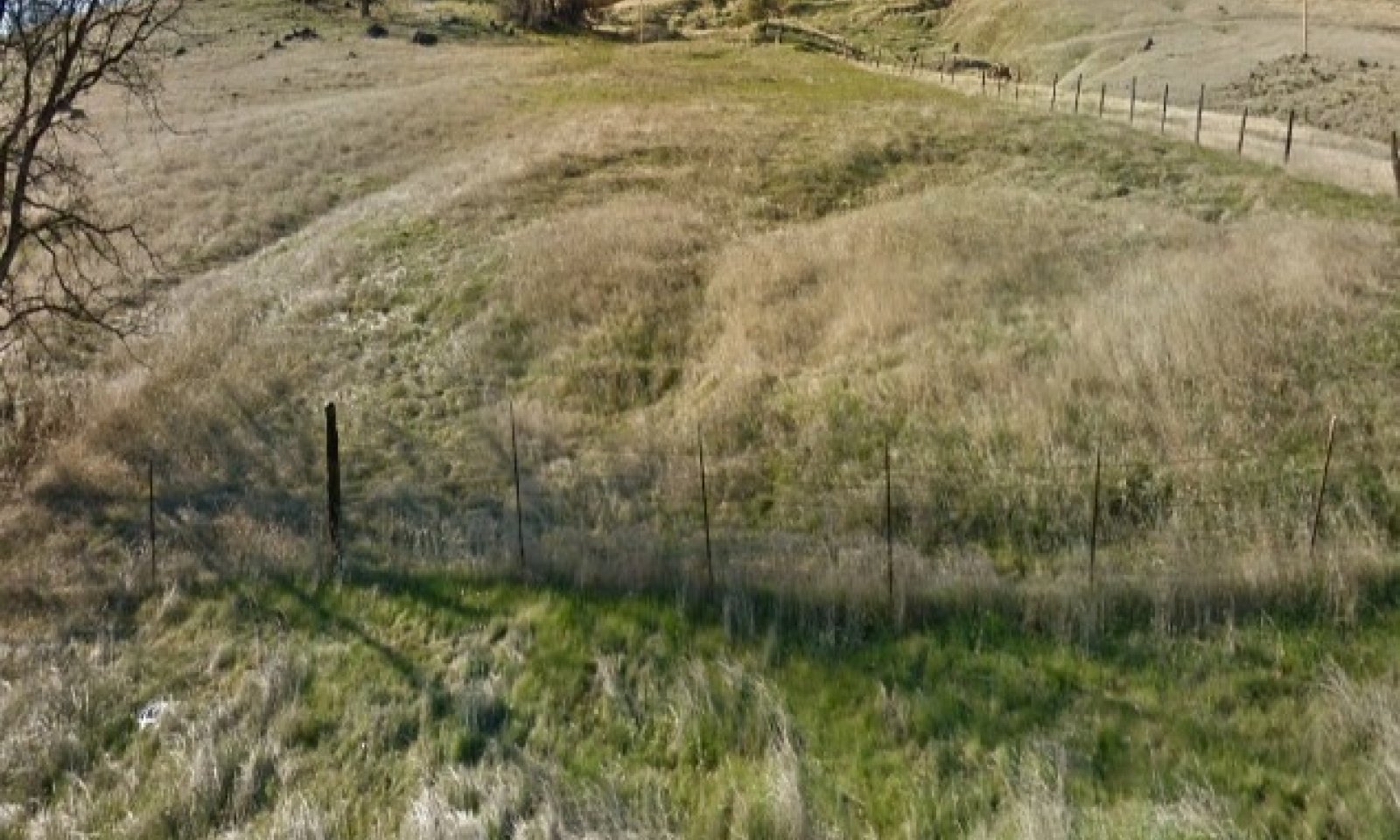

Natural Resources
Conservation Service
Ecological site R018XA102CA
Clayey Thermic Terraces
Last updated: 4/24/2024
Accessed: 12/20/2025
General information
Provisional. A provisional ecological site description has undergone quality control and quality assurance review. It contains a working state and transition model and enough information to identify the ecological site.
MLRA notes
Major Land Resource Area (MLRA): 018X–Sierra Nevada Foothills
Major Land Resource Area (MLRA) 18, Sierra Nevada Foothills is located entirely in California and runs north to south adjacent to and down-slope of the west side of the Sierra Nevada Mountains (MLRA 22A). MLRA 18 includes rolling to steep dissected hills and low mountains, with several very steep river valleys. Climate is distinctively Mediterranean (xeric soil moisture regime) with hot, dry summers, and relatively cool, wet winters. Most of the precipitation comes as rain; average annual precipitation ranges from 15 to 55 inches in most of the area (precipitation generally increases with elevation and from south to north). Soil temperature regime is thermic; mean annual air temperature generally ranges between 52 and 64 degrees F. Geology is rather complex in this region; there were several volcanic flow and ashfall events, as well as tectonic uplift, during the past 25 million years that contributed to the current landscape.
LRU notes
The Tuscan Flows LRU is the northernmost Land Resource Unit in MLRA 18. It occurs down slope of and is geologically related to the southern Cascades; however, its inclusion in MLRA 18 stems from the ecosystem’s close resemblance to other Sierra Nevada Foothill systems. This LRU is situated on a low elevation volcanic plateau at the northeast end of the Sacramento Valley. The geology includes, but not limited to late Pliocene and Quartenary basalt, andesite and andesitic lahars (mudflows). Several cinder cones dot the landscape and active fluvial processes are occurring in the larger canyons. Elevation ranges between 250 and 2000 feet above sea level on the main plateau, but can range as high as 3000 feet on the highest hills. Precipitation is among the highest in MLRA 18, ranging from 30 to 55 inches annually. Mean annual air temperature ranges between 56 and 62 F. Frost free days (generally exhibiting an inverse relationship with elevation) range from 184 to 282 days.
Classification relationships
CLASSIFICATION RELATIONSHIPS
This site is located within M261F, the Sierra Nevada Foothills Section, (McNab et al., 2007) of the National Hierarchical Framework of Ecological Units (Cleland et al., 1997), M261Fa, the Tuscan Flows Subsection.
Level III and Level IV ecoregions systems (Omernik, 1987, and EPA, 2011) are: Level III, Central California Foothills and Coastal Mountains and Level IV, Ecoregion 6a, Tuscan Flows.
Ecological site concept
This site is characterized by moderately deep, fine-textured soils occurring on strath terraces on low elevation hills, typically formed on alluvium weathered from sedimentary or metamorphic rock. Slopes typically range from 0 to 30%. Precipitation typically ranges from 30 to 36 inches per year, and elevation ranges from 300 to 700 feet.
The overriding abiotic factors controlling vegetation expression on this site include high clay percent (40% or more) and water-shedding landscape positions, which prevent the establishment of woody vegetation. Infiltration of water is limited; roots may not be able to exploit the entire profile depth due to seasonal cracking during drying cycles or because of a duripan. Common soils correlated to this ecological site are Lucksev (Clayey, mixed, superactive, thermic, shallow Typic Haploxeralfs) and Carhart (Fine, smectitic, thermic Xeric Endoaquerts).
This vegetation community consists of annual grasses and forbs. Dominant plants include soft brome (Bromus hordeaceus), wild oat (Avena fatua), fillaree (Erodium spp.), bur clover, (Medicago hispida), ripgut brome (Bromus diandrus), fescue (Festuca spp.), and needlegrass (Stipa spp.).
Associated sites
| F018XA201CA |
Deep Thermic Hillslopes This site commonly occurs nearby. |
|---|---|
| F018XI201CA |
Moderately Deep Thermic Foothills This site commonly occurs nearby. |
| R018XA103CA |
Shallow Thermic Volcanic Ridges This site commonly occurs nearby. |
Similar sites
| R018XA103CA |
Shallow Thermic Volcanic Ridges Site relationships being developed. |
|---|
Table 1. Dominant plant species
| Tree |
Not specified |
|---|---|
| Shrub |
Not specified |
| Herbaceous |
(1) Bromus hordeaceus |
Click on box and path labels to scroll to the respective text.

